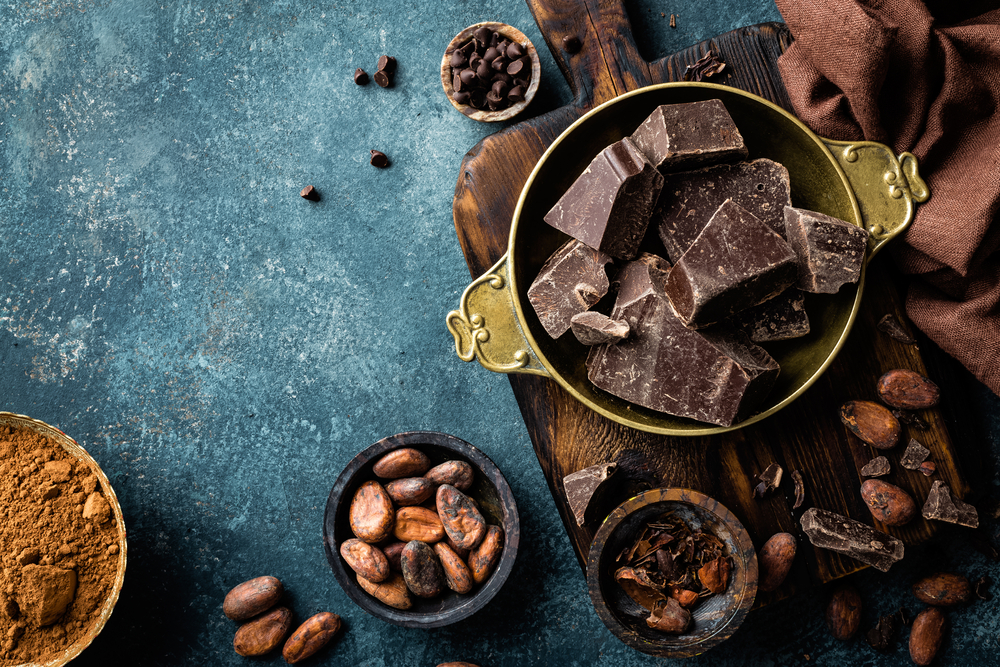
Interview by Ms Rebecca Schärli for her Matura thesis
• Is chocolate a topic in your counselling sessions?
Yes, when it comes to the topic of what sweets you can eat. Most people like to eat chocolate.
• How much chocolate can I eat?
Vata and Pitta constitutions can eat some chocolate, Kapha constitutions should choose an alternative but rather leave it out. Otherwise in masses. If someone absolutely wants to eat chocolate, I recommend black chocolate, as it contains less to no milk. Alternatives to milk chocolate are chocolates made from soy, rice, oats or almonds. However, you should look for organic quality and make sure that the soy it contains is not genetically modified. The consumption of alternative chocolate should be appropriate to the dosha type. Milk and sugar do not go together in that the combination clogs the shrotas (fine bodily channels of the body) through mucus. This in turn leads to the absorption of food and the release of waste products not being able to proceed adequately. This results in metabolic waste products (Ama) in the tissues.
• Do you (not) forbid your clients sweets?
No, I do not forbid anything. I only recommend something. If something tastes good, it can even be considered “food for the soul” in some situations. Then the person is more satisfied than if they forbid everything that is not good for them. To say that something is unhealthy is also wrong. It is always a question of consuming in moderation. Industrial sugar and other artificial additives should be avoided. Ayurveda is also about which constitutional type (Vata, Pitta, Kapha) something suits. At what time and in what atmosphere something is eaten. How the food is prepared, what quality it has, etc. There are also plenty of chocolate alternatives.
• The WHO recommends a maximum of 50 grams of sugar per day. Do you think these recommendations make sense?
Here I do not allow myself to give an answer, as I am not a nutritionist. Again, there are plenty of alternatives to industrial white sugar, which is not recommended from an Ayurvedic point of view. The alternatives are fruits, dried fruits or sweet vegetables. There is palm sugar, date syrup, maple syrup, agave syrup, coconut sugar, raw cane sugar and certainly several others. Every recommended food in Ayurveda is based on the constitutional type.
• Where do you see possibilities to avoid sweetness?
First of all, sweetness should be defined. Fruits, vegetables, grains, pulses, etc. can be sweet. The taste component sweet should be present in every meal, along with sour, salty, spicy, bitter and tart. Again, it is a matter of moderation and paying attention to the constitutional type (Vata, Pitta, Kapha). Which and how much sugar I recommend to a client becomes apparent after an anamnesis discussion. Ayurvedic nutritional counselling is holistic and individually oriented. In Ayurveda, nothing can be determined in a general way. That is the uniqueness of Ayurveda and for me therefore so interesting and lively. With certain illnesses, you should avoid sweets as much as possible or reduce them considerably.

